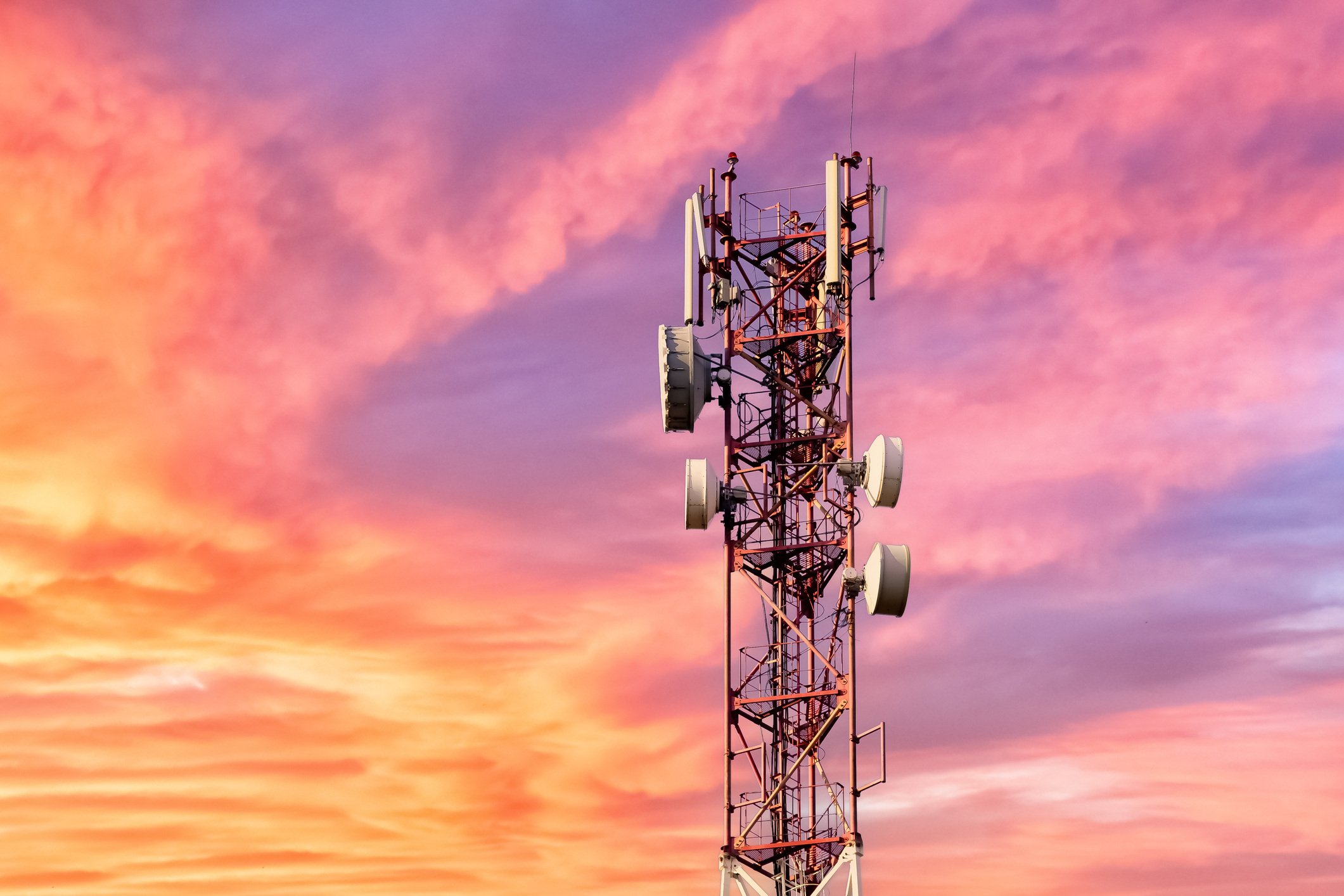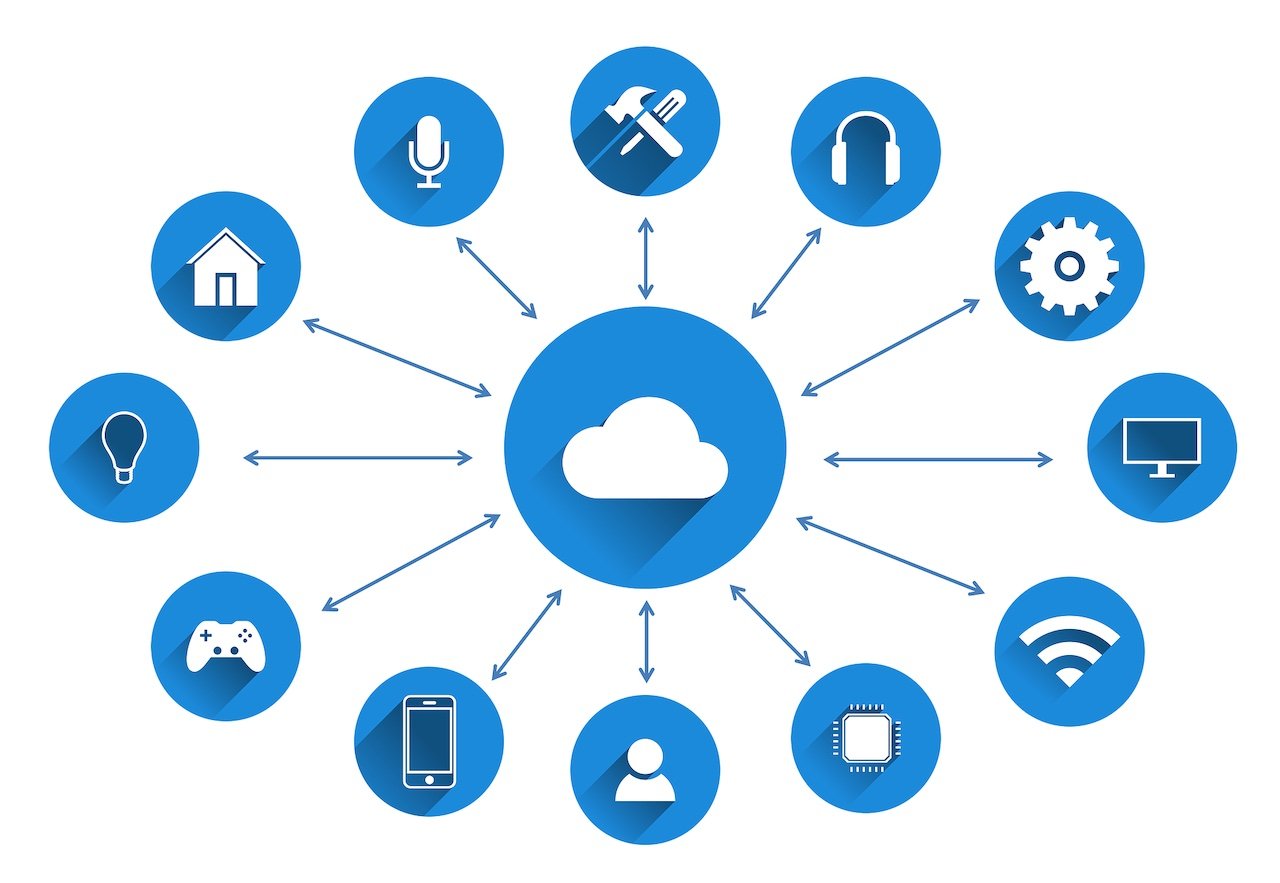
- April 2025 (1)
- March 2025 (2)
- February 2025 (1)
- December 2024 (2)
- November 2024 (2)
- August 2024 (2)
- June 2024 (3)
- May 2024 (3)
- April 2024 (1)
- March 2024 (3)
- February 2024 (2)
- January 2024 (2)
- December 2023 (1)
- November 2023 (2)
- October 2023 (2)
- September 2023 (1)
- August 2023 (1)
- July 2023 (2)
- June 2023 (3)
- May 2023 (2)
- April 2023 (1)
- March 2023 (4)
- February 2023 (1)
- January 2023 (2)
- November 2022 (2)
- October 2022 (1)
- September 2022 (1)
- August 2022 (2)
- July 2022 (2)
- June 2022 (2)
- May 2022 (1)
- April 2022 (3)
- March 2022 (1)
- February 2022 (3)
- January 2022 (2)
- December 2021 (1)
- November 2021 (1)
- October 2021 (2)
- September 2021 (3)
- August 2021 (1)
- July 2021 (4)
- June 2021 (1)
- May 2021 (2)
- April 2021 (2)
- March 2021 (2)
- February 2021 (3)
- January 2021 (3)
- December 2020 (1)
- October 2020 (1)
- August 2020 (1)
- August 2019 (1)
- January 2019 (2)
- September 2018 (5)
- June 2018 (1)
- November 2017 (1)
- September 2017 (1)
- July 2017 (1)
- May 2017 (1)
- January 2017 (1)
- October 2016 (2)
- August 2016 (1)
- July 2016 (1)
- June 2016 (1)
Subscribe by email
The IoT market is forecasted to grow to an incredible $1.7 trillion by 2025. IoT has developed a well-earned reputation for redefining the consumer experience with many everyday products. However, consumers aren’t the only ones who can benefit — IoT is for businesses as well. According to a recent report by KPMG, IoT is one of the tech disruptors driving the greatest business transformation. As IoT adoption continues to accelerate, business leaders are recognizing the importance of leveraging IoT for their success. Here’s how IoT is changing businesses and how an organization can benefit from implementing an IoT solution.
6 Examples of How IoT is Improving Business
IoT’s primary benefit for businesses is improving overall efficiency through actionable data intelligence. Real-time data helps organizations identify new opportunities, streamline processes, inform financial decisions, and more. Here are six examples of how businesses can leverage the power of IoT.
1. Operational cost reductions (and less downtime)
IoT enables the improvement of systems and equipment maintenance processes. Additionally, automation using an IoT solution will reduce operating costs and downtime.
2. Improved productivity, efficiency, and accessibility
Consumers and business buyers alike have grown to expect speed. Businesses must improve efficiency and productivity, which is easier to do with automation and real-time data.
3. Inventory management and asset tracking
Managing inventory and assets with trackers helps you save time and effort when locating equipment in a warehouse or transit. Reductions in theft also positively impact the bottom line.
4. Waste reduction
Businesses can lower expenses by reducing waste. For example, smart sensors turn off lights and other utilities when they’re not being used to save energy and water.
5. Additional business models and monetization opportunities
Companies can boost revenue and customer loyalty by identifying new use cases and market segments for products. IoT data can help businesses learn how customers are actually using devices, which can open new markets or opportunities to upsell or cross-sell existing customers. These opportunities wouldn't be possible without connectivity.
6. Improved customer experiences and marketing fueled by business insights
Personalized experiences delight customers. Using IoT, customers can leverage chatbots with artificial intelligence for customer support, then use the insights provided by these interactions to improve delivery, processes, and products.
IoT for Business
IoT is changing the way consumers interact with devices, and it’s changing how enterprises operate. Connected solutions can create improved working conditions. The big data that’s generated as part of an IoT solution can improve a business in many ways. Data can be analyzed to boost efficiency and productivity, make conditions better for workers, and boost customer satisfaction, among many other improvements. Companies can make progress toward their sustainability initiatives, decreasing energy usage by adding devices that monitor usage and respond accordingly when equipment or an area is not in use.
How to Determine if a Business is Ready for an IoT Solution
IoT solutions can benefit a business in many ways, but it can be challenging to know what type of solution is best and how it can be best implemented. Here are several questions to ask that will serve as a guide.
- Do you need real-time data and/or do you have accuracy issues with your data? If you need to improve your data quality or the speed at which you can access the data you have, an IoT solution can help address these issues.
- Do you need more timely compliance? It can be a real challenge to collect the required data for an audit in the required timeframe. IoT can make this preparation quicker and easier for industries with compliance standards such as worker safety and food safety.
- Would you save money through predictive maintenance of your machines? When a machine goes down during production hours, there can be a high cost. It’s highly beneficial to identify when equipment needs maintenance. IoT can help you catch issues before a problem occurs.
- Do you see an opportunity to improve or even automate processes? Automating processes can improve quality, inventory management, operational efficiency, and profitability.
When considering IoT solutions, it’s also essential to think about support. IoT systems and connectivity are complex. The business must be willing and able to implement systems to support it or work with a partner company with expertise in IoT. A partner like Zipit will serve as a guide and make connections to other partners who specialize in analytics, security, and other vital areas.
Examples of How Companies Can Benefit From IoT
Let’s take a look at a couple of examples of how companies are benefiting from IoT today.
IoT Benefits for Manufacturing
Manufacturing companies are an obvious choice for seeing productivity gains and cost savings through IoT. They can identify opportunities for efficiency and reducing waste of their energy consumption at a device level instead of merely at a plant level. Proactive maintenance can use sensors on machines to save critical downtime and even reduce maintenance management, freeing up resources. They can also improve product quality with better calibrated and maintained machines using real-time data. And manufacturing companies can realize efficiencies with shipping and asset management in their warehouse. Additionally, manufacturers can track assembly components inside a factory. For example, installing BLE or LoRa trackers on the bins allow tracking bins of hard drives in a factory manufacturing computers.
IoT Benefits in Healthcare
The healthcare system and hospitals can also greatly benefit from IoT, leading to lower costs and improved patient outcomes and experiences. Healthcare professionals can monitor patients in real-time with connected medical devices, reducing doctor visits, and hospital admissions, while providing data for evidence-based treatments. IoT data can improve diagnosis accuracy and better manage drug compliance. It can also help to reduce errors and waste in healthcare facilities. Additionally, using cellular-connected IoT devices, doctors that may not be near a patient's home (in more rural communities) can monitor patients' medication adherence. This not only improves health outcomes for the patients, it also helps to get ahead of possible readmissions, reducing costs. Here are 10 great examples of IoT in healthcare.
Internet of Things in Business
IoT is revolutionizing how we live and how businesses operate. IoT technology boosts efficiency, provides new and faster insights, and empowers companies to make better-informed decisions.
Want to know more about Zipit’s robust yet intuitive IoT platform? Contact us to discuss your company's unique needs. We’re happy to provide you with insights that will help you make the decision.
You might also like:
Related Content
The latest IoT insights and platform updates from Zipit.
IoT devices need flexible network technologies optimized for low-power application...
The network an IoT device selects significantly impacts the strength and reliabili...
Deploying an IoT solution brings significant value to businesses, but it also intr...



